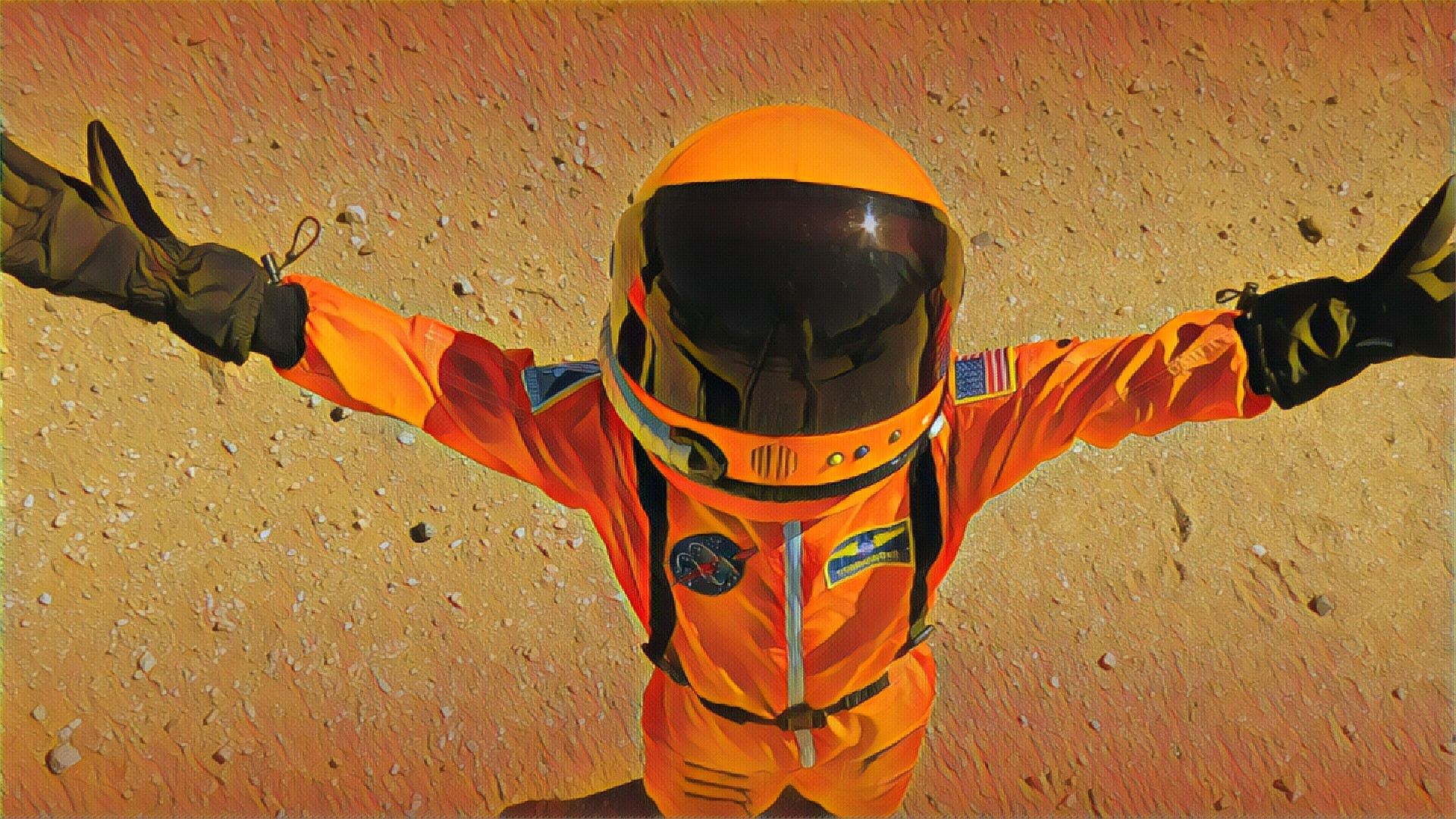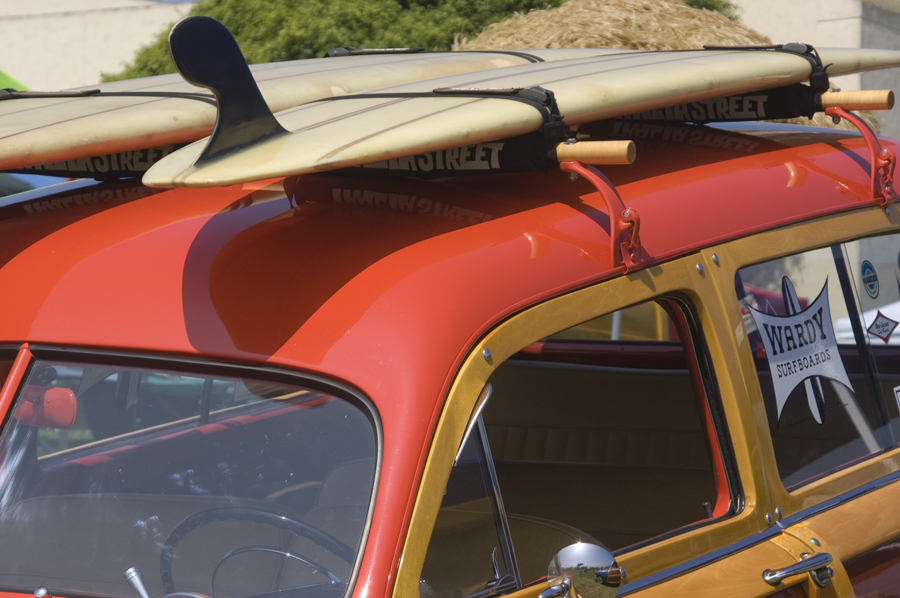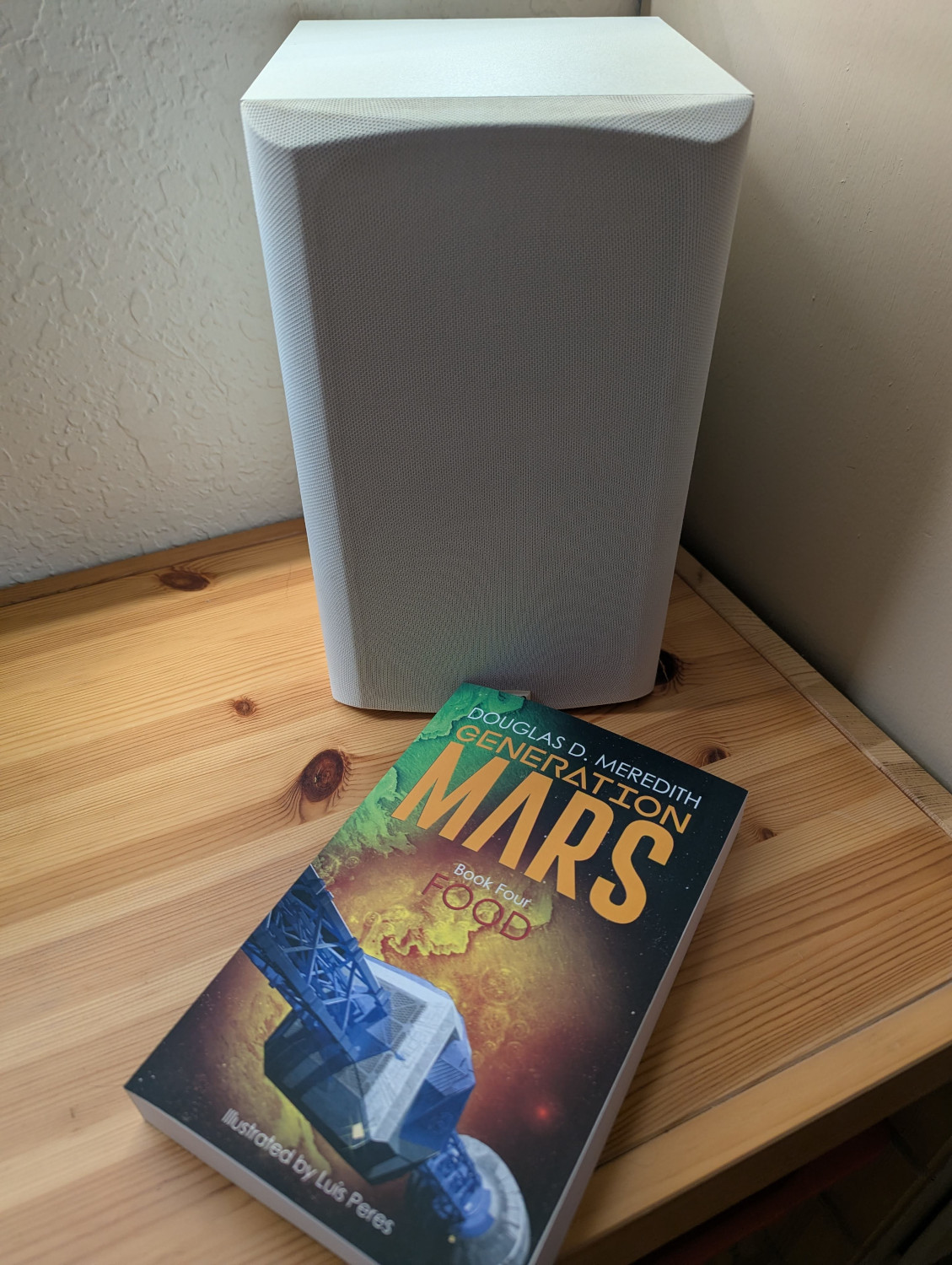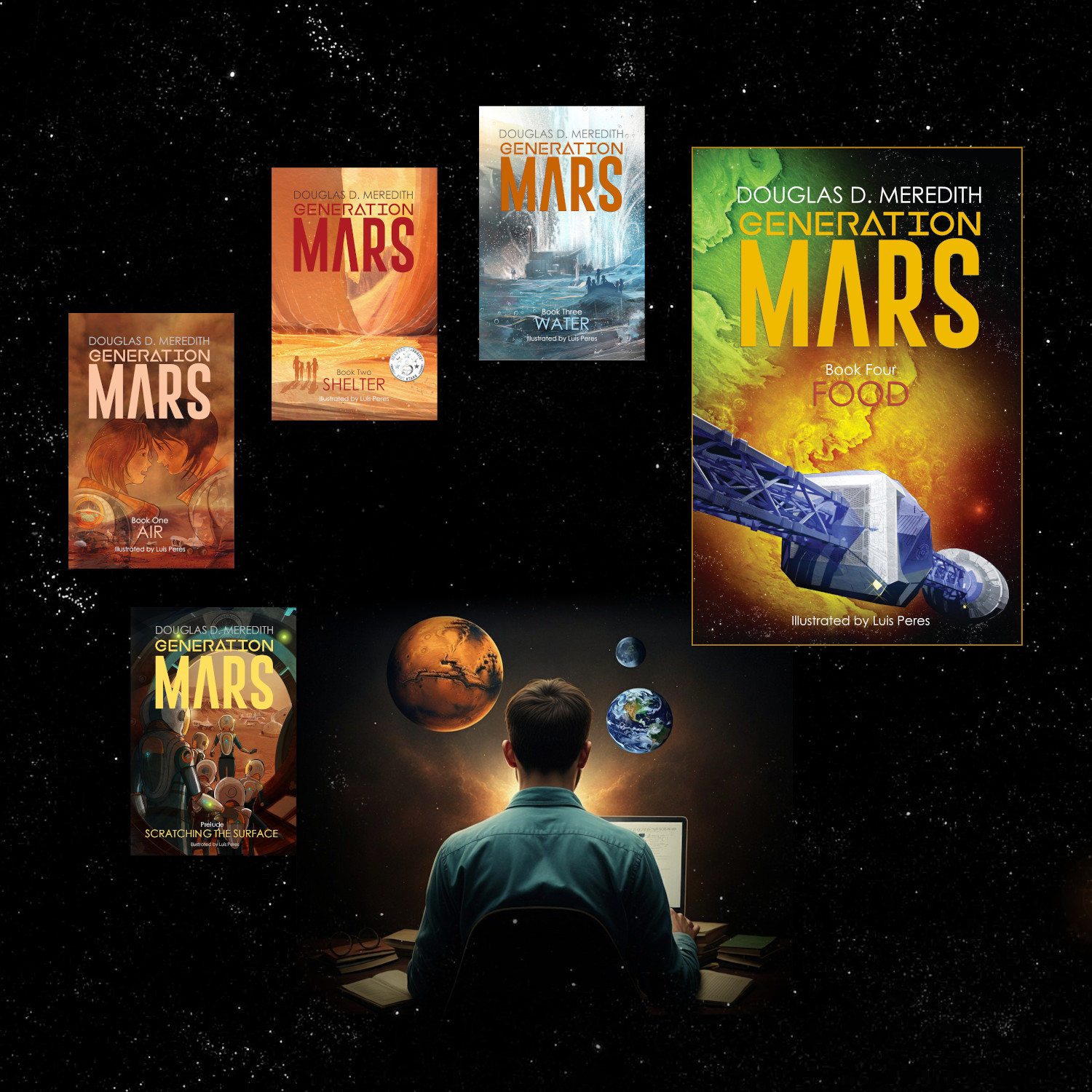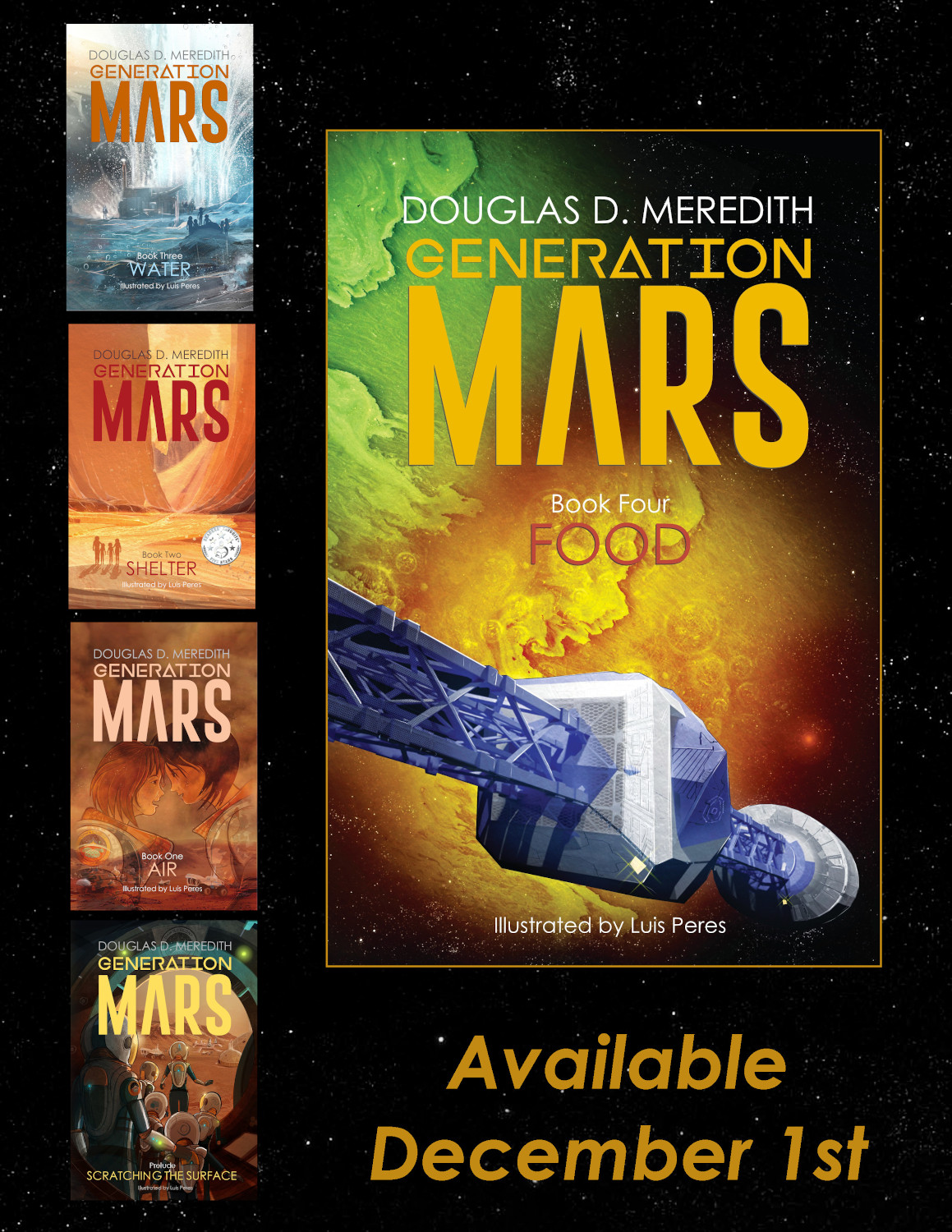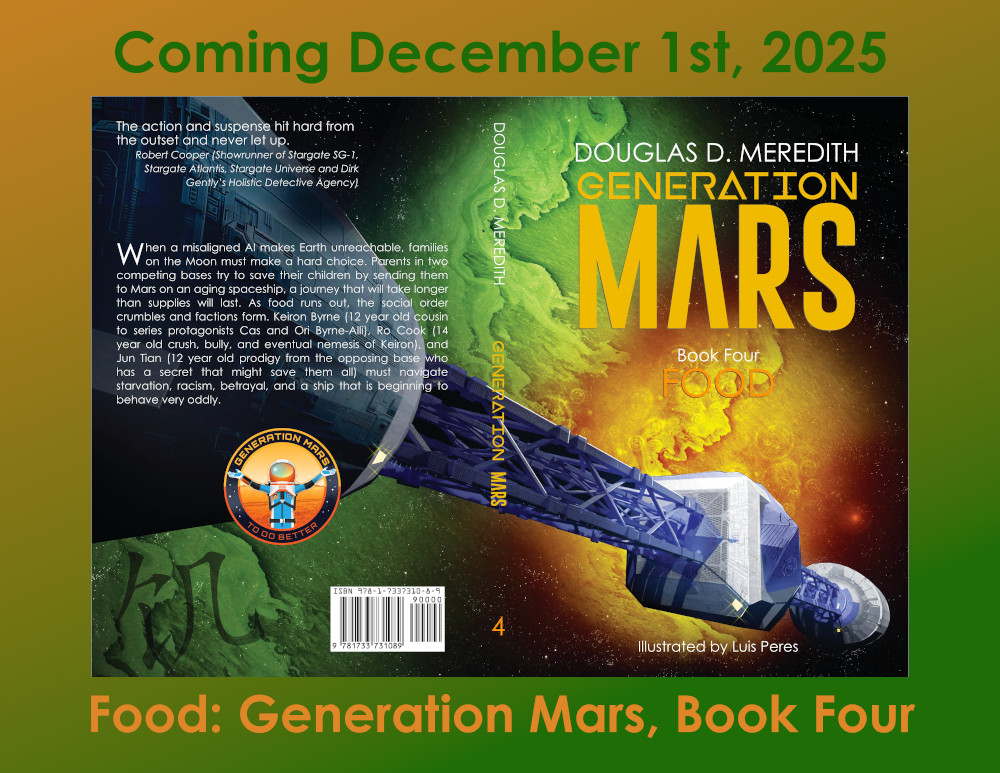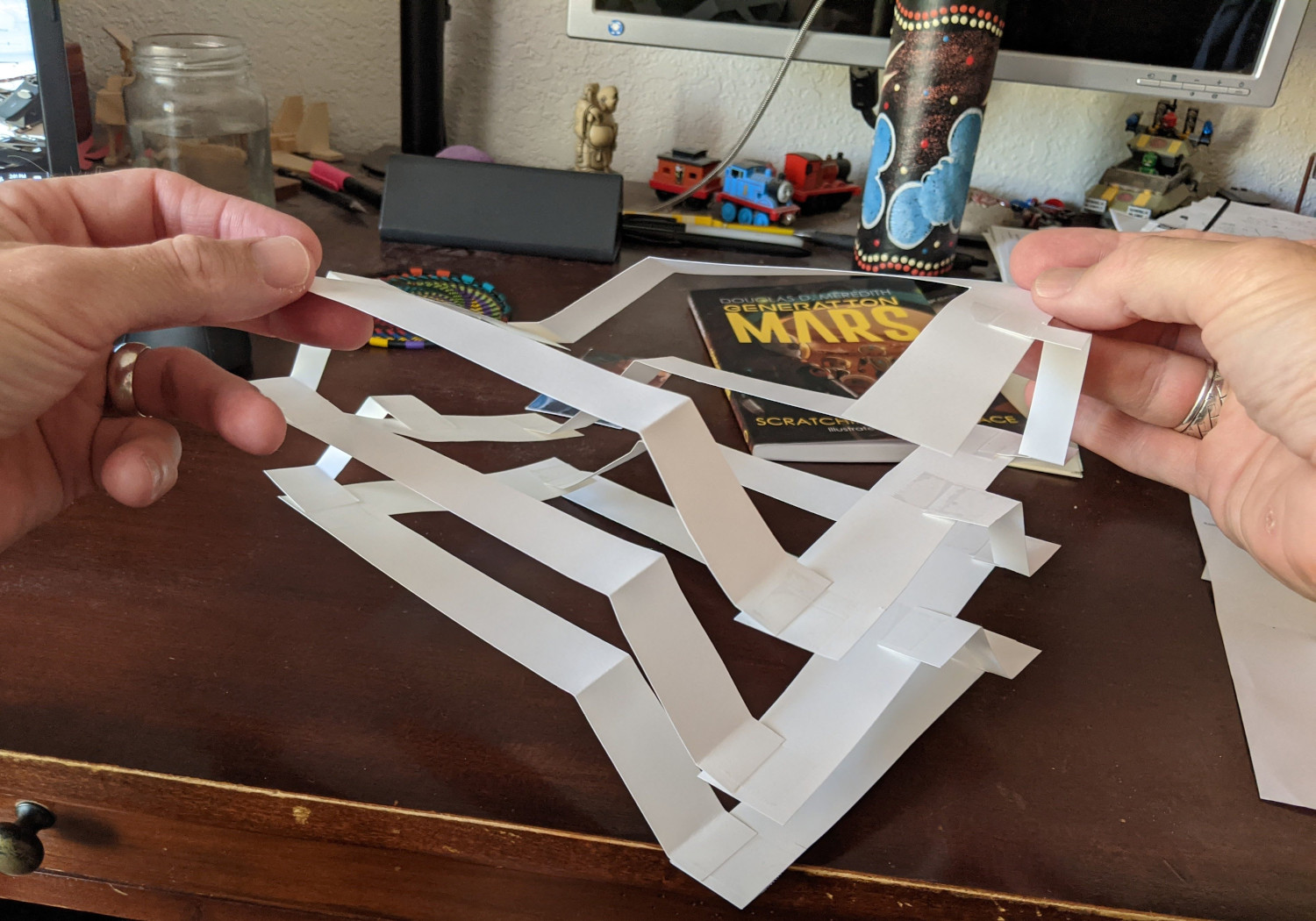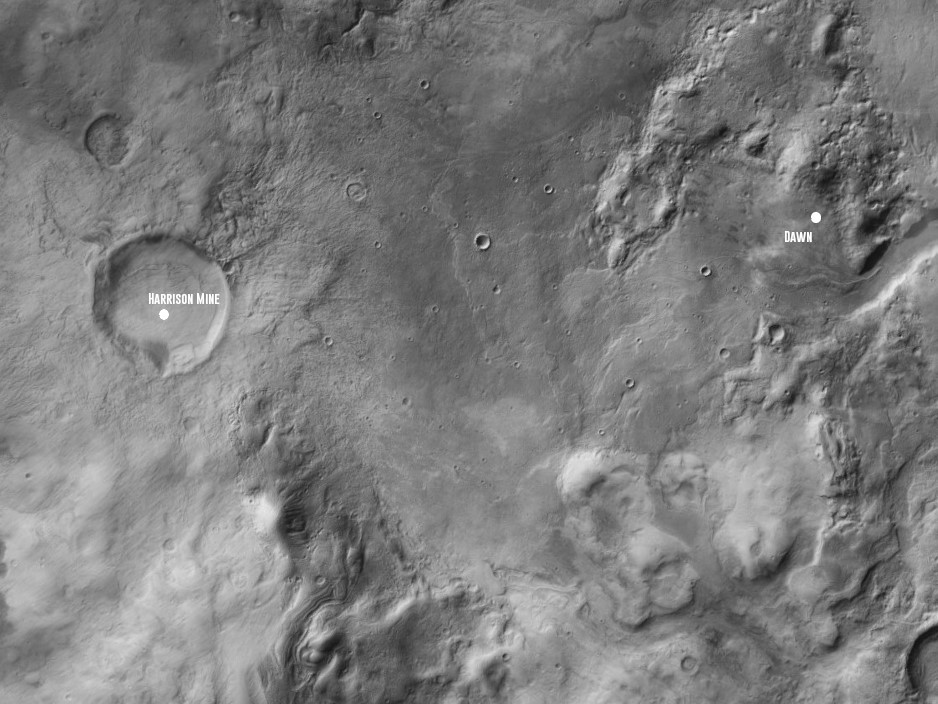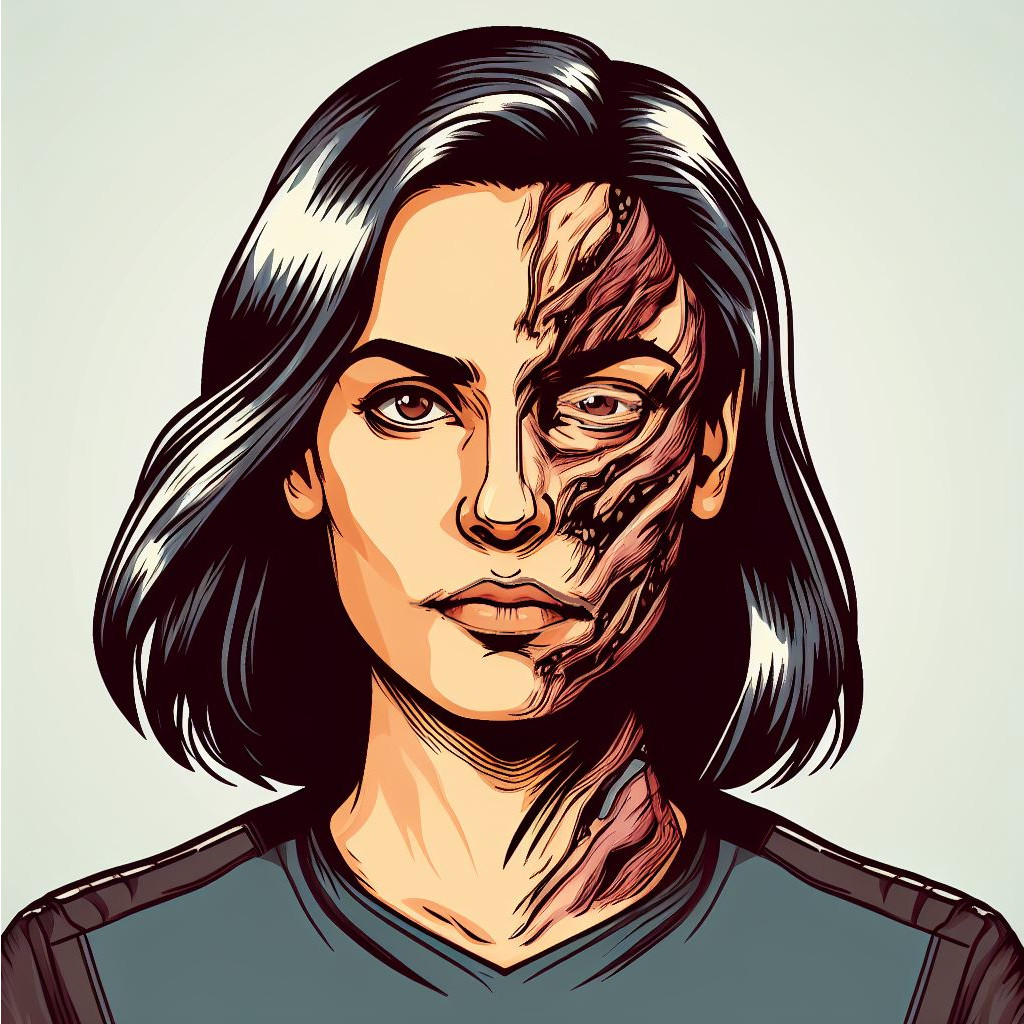I listen to a lot of music when I’m writing. At these times, I prefer instrumental things that don’t tug at my Wernicke’s. Phish is a good fit for this. On the journey to Mars, one of my characters listens to Phish much of the time. So did I as I wrote.

The image of a kid reclined and looking out at the stars as they move around him grabbed me early on. Pairing it with a long Phish jam seemed natural. The idea that this activity soothed his loneliness and hunger still causes me to tear up if I dwell on it for long. Music will do that.
An excerpt:
“Music played loudly from speakers hidden throughout the room. Guitar and keyboard and bass and drums were riffing and circling each other in a long and exuberant jam. As he watched the stars slide past behind the other pod, Keiron imagined he could feel the movement of the ship as it spun around its hub while following its orbit around a star that was circling the center of a galaxy, circles within circles within circles. In his mind, he got up from his chair and started spinning and dancing to the music, circles within circles within circles within circles. He had no energy for such activity, of course, but was content just to lie there and imagine it.”
–from Food: Generation Mars, Book Four
Here’s a track called Twist, from the live album Baker’s Dozen. After the abstract intro, it’s a classic example of a Phish jam piece.
https://www.youtube.com/watch?v=ldC6WHIz99Q
https://open.spotify.com/track/7bSpTQPBOQU2xiVl4LVS9K?si=a9e818bfc9624099
Key points of a Phish jam: There is usually an opening, with verses and chorus and bridge. The lyrics might be clever or meaningless. They’re just part of the vibe, so don’t look for deep universal insight. That’s found later and does not involve words. This section would be called the “head” in jazz parlance. Then there is often an extended period of quiet vamping, as the band members circle each other, waiting to see what will happen. They are looking for ground to launch from. Casually. Anticipation is the thing, and there is no hurry. In fact, you may not even realize it’s happened. At some point, you will notice you’ve lost track of details. The song has spun into something exquisite, possibly unexpected, and often nothing like the head. You might be spinning around the room. Maybe your head simply bobs as you type. Either way, you are smiling uncontrollably.
Hopefully, nobody walks in and poops on your vibe.
Image: Blurred image of a Tanoura dancer. Tanoura is a traditional folk dance in Egypt, where dancers spins to the tunes of Arabic songs. From Wikimedia Commons, by Dalia farid. License: Creative Commons Attribution-Share Alike 4.0 International (https://creativecommons.org/licenses/by-sa/4.0/deed.en). Image has been cropped.
